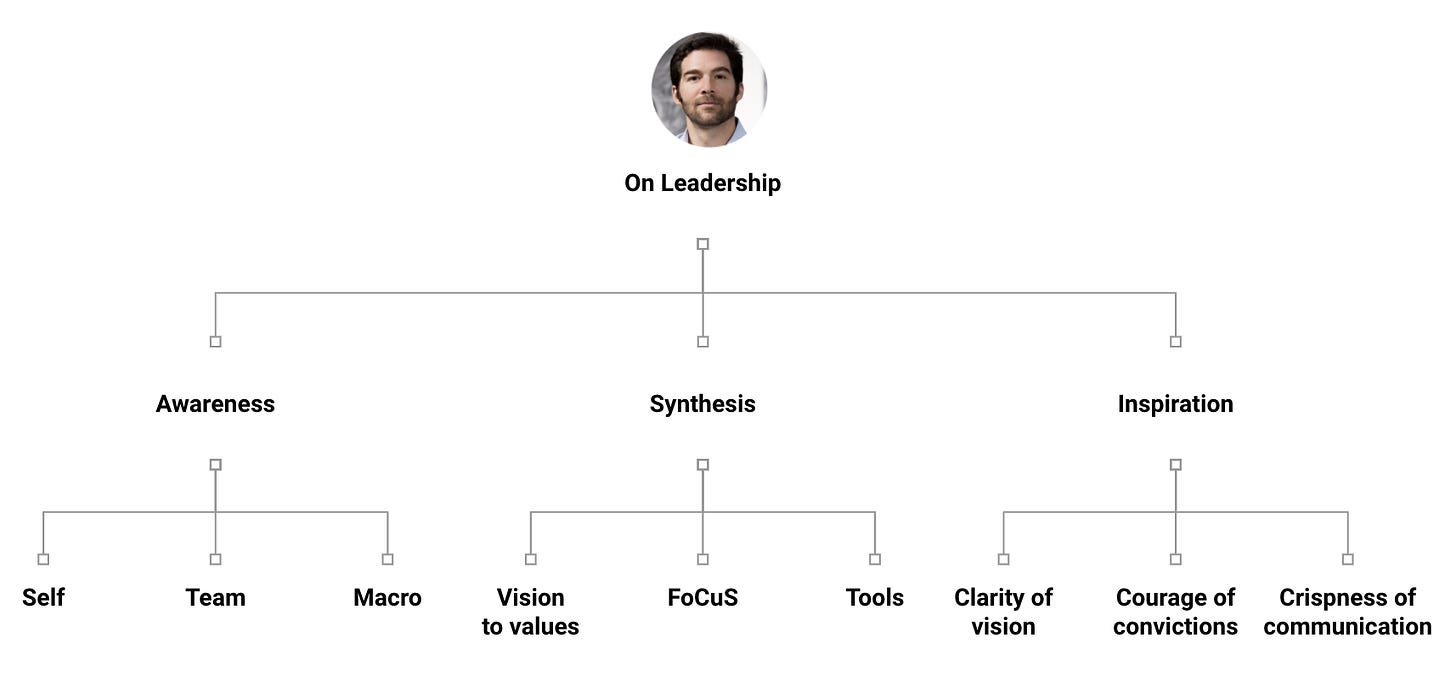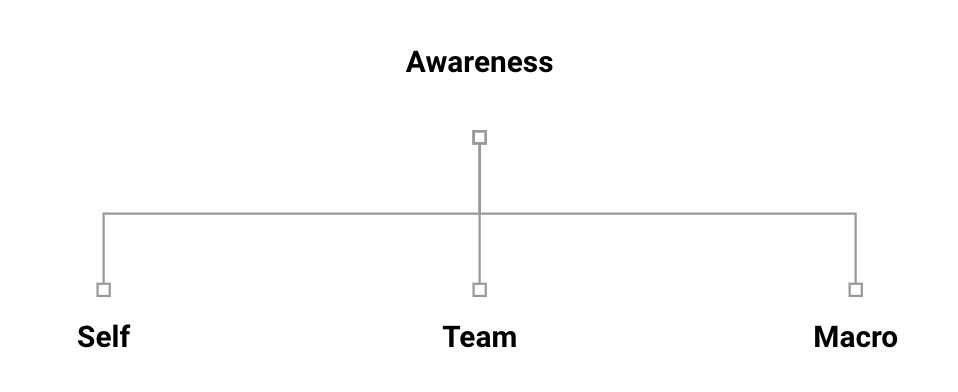How to Lead with Compassion from Jeff Weiner, Ex-CEO of LinkedIn
Compassion = empathy + action
Level up your product and creator skills in just 5 min a week. Join 50,000 readers:
Dear subscribers,
Now more than ever, we need people who can lead with compassion. According to Jeff Weiner (ex-CEO of LinkedIn), compassion = empathy + action.
I took Jeff’s course, On Leadership, and found it very valuable. Read on to learn how you can apply Jeff’s principles to become a more compassionate leader.
What is leadership?
Leadership is the ability to inspire others to achieve a shared objective. To lead, you need to have awareness, synthesis, and inspiration.
Awareness
Be aware of yourself, your team, and the macro environment.
Self-awareness
Be a spectator to your own thoughts
Develop a practice of observing your emotions instead of reacting to them.Compassion = empathy + action
Build empathy by walking in someone else’s shoes. Combine your empathy with action to lead with compassion. Remember: The people you don't get along with often need your compassion the most.Identify your goals, strengths, and weaknesses
Find your goals at the intersection of your passion and skills. Know your strengths and weaknesses to build a team that complements what you bring to the table.
To become more self-aware, practice mindfulness, get 360 feedback, and seek mentors.





